Should you deadhead foxgloves? Garden experts explain why the verdict is more complicated than 'yes or no'
Want to make the most of your foxgloves? Experts have revealed whether these decadent flowers need a chop after blooming
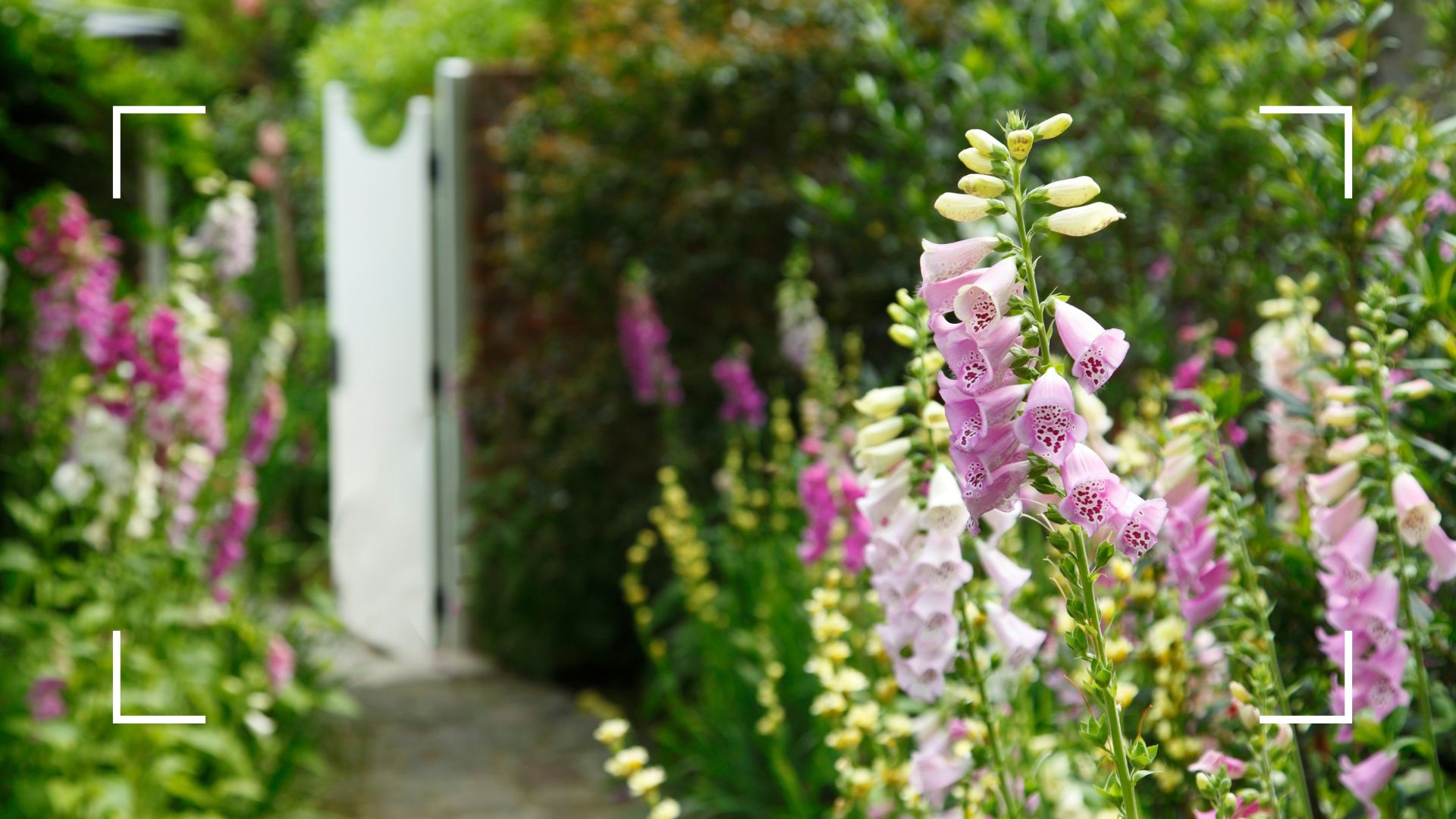

Deadheading your plants has many benefits, often completely transforming the look of your garden. But not all plants will prosper after being deadheaded, so are foxgloves included in that?
Knowing how to deadhead plants properly is a key skill for any gardener. Not only does it change the appearance of your garden, but it also significantly improves the health of your plants. It's important, however, to know if a certain plant needs to be deadheaded.
Foxgloves are some of the easiest flowering plants for summer, but should you give them the snip once their flowering period is over? We asked the garden specialists for their advice.
Should you deadhead foxgloves?
While there are many plants you should never deadhead, foxgloves are not one of them, but it's all about personal preference. Some experts say to avoid deadheading foxgloves as the seedheads drop by themselves, while others explain the benefits if you don't want to encourage propagation.
“The majority of foxgloves are biennials, but they’re self-seeding, so best not to deadhead until after they've dried out if you want more flowers," says professional gardener Christopher O'Donoghue.
"You should not remove the flowerheads of foxgloves, as they will form seedheads and drop by themselves, which will result in more flowers," explains Graham Smith, MCIHort, gardening expert and Head of Horticulture at Creation Wholesale Ltd.
"If you do remove the flowers, there is a high chance you will not have any foxglove plants the following year."
Sign up to our free daily email for the latest royal and entertainment news, interesting opinion, expert advice on styling and beauty trends, and no-nonsense guides to the health and wellness questions you want answered.

A gardener with almost two decades of experience under his belt, Christopher set up Gardens Revived with his brother, Andrew, in 2018 to create a thriving family business. Together, they have worked on residential gardens, listed buildings and gardens, flower shows and large estates with some exceeding 70 acres – many with historical significance.
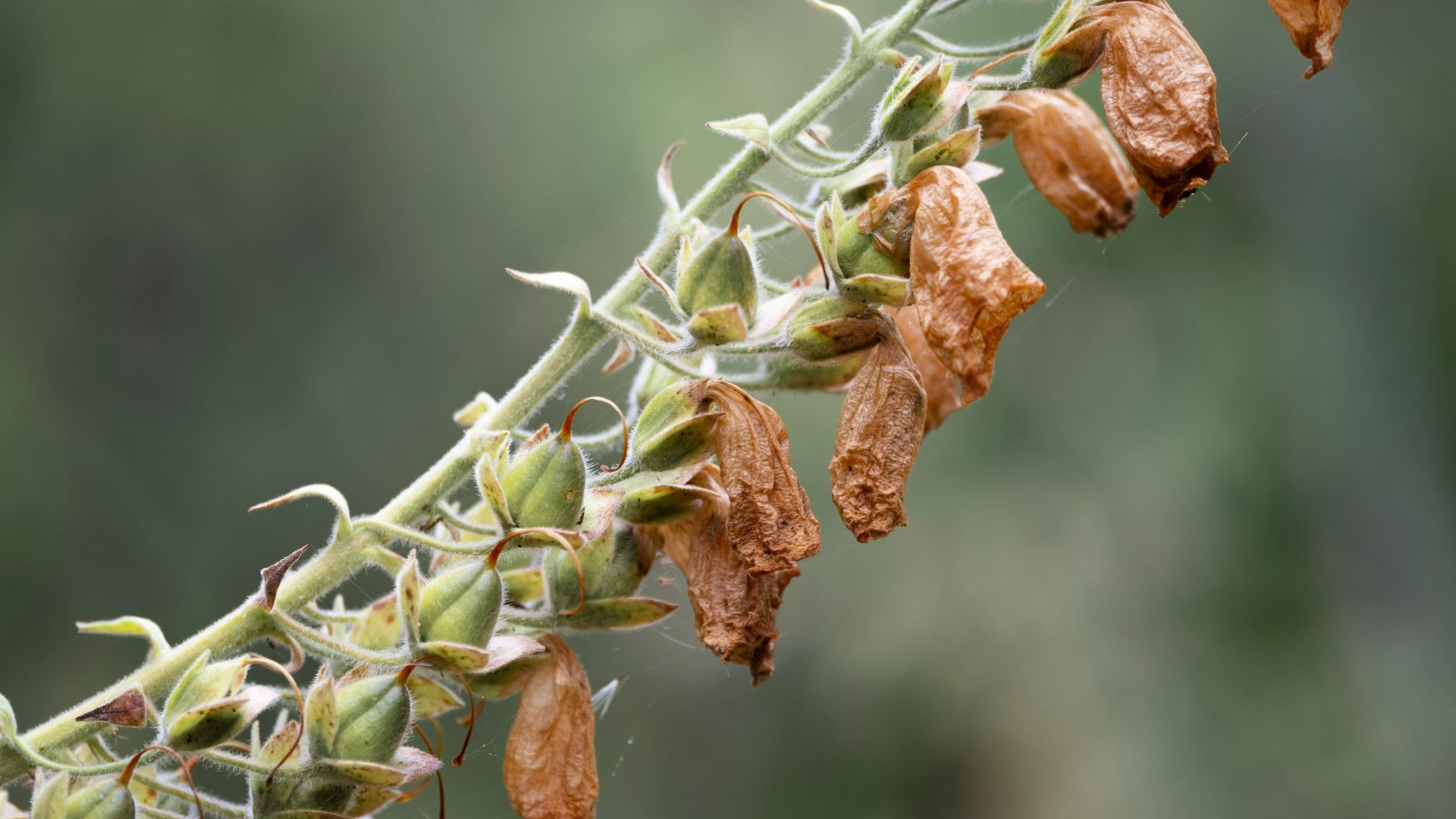
However, as some experts explain, your garden will benefit from deadheading the spent flowers. It is key to only deadhead when the blooms are spent and not when the flower is in full bloom.
"When it comes to foxgloves, deadheading is generally a good idea, especially if you're aiming for a neat and tidy garden," says Luke Newnes, gardening specialist and member of the Interior Squad at Hillarys.
"Although foxgloves are biennials and typically bloom in their second year before dying off, removing the spent flowers can help manage their spread and keep your garden looking its best," he adds.
So, if you're sorting your garden out and want to control the falling seeds, it's a good idea to remove spent blooms.

Joining the Hillarys Interior Squad, Luke—also known as The Pink Gardener—is a new-build gardening specialist and content creator. With a talent for transforming outdoor spaces, he shares expert gardening tips and inspiration. When he’s not making digital content, Luke works at a garden centre, where he continues to share his knowledge and enthusiasm for gardening and the outdoors.
What are the benefits of deadheading foxgloves?
As one of the best ways to help your garden bloom throughout the seasons, deadheading your foxgloves has various benefits.
"Deadheading foxgloves has several benefits. It can extend the blooming period and reduce self-seeding, which is handy if you want to control the number of plants popping up in your garden," says Luke.
"By cutting off the faded flowers, you're encouraging the plant to put its energy into producing more blooms rather than seeds," he adds.
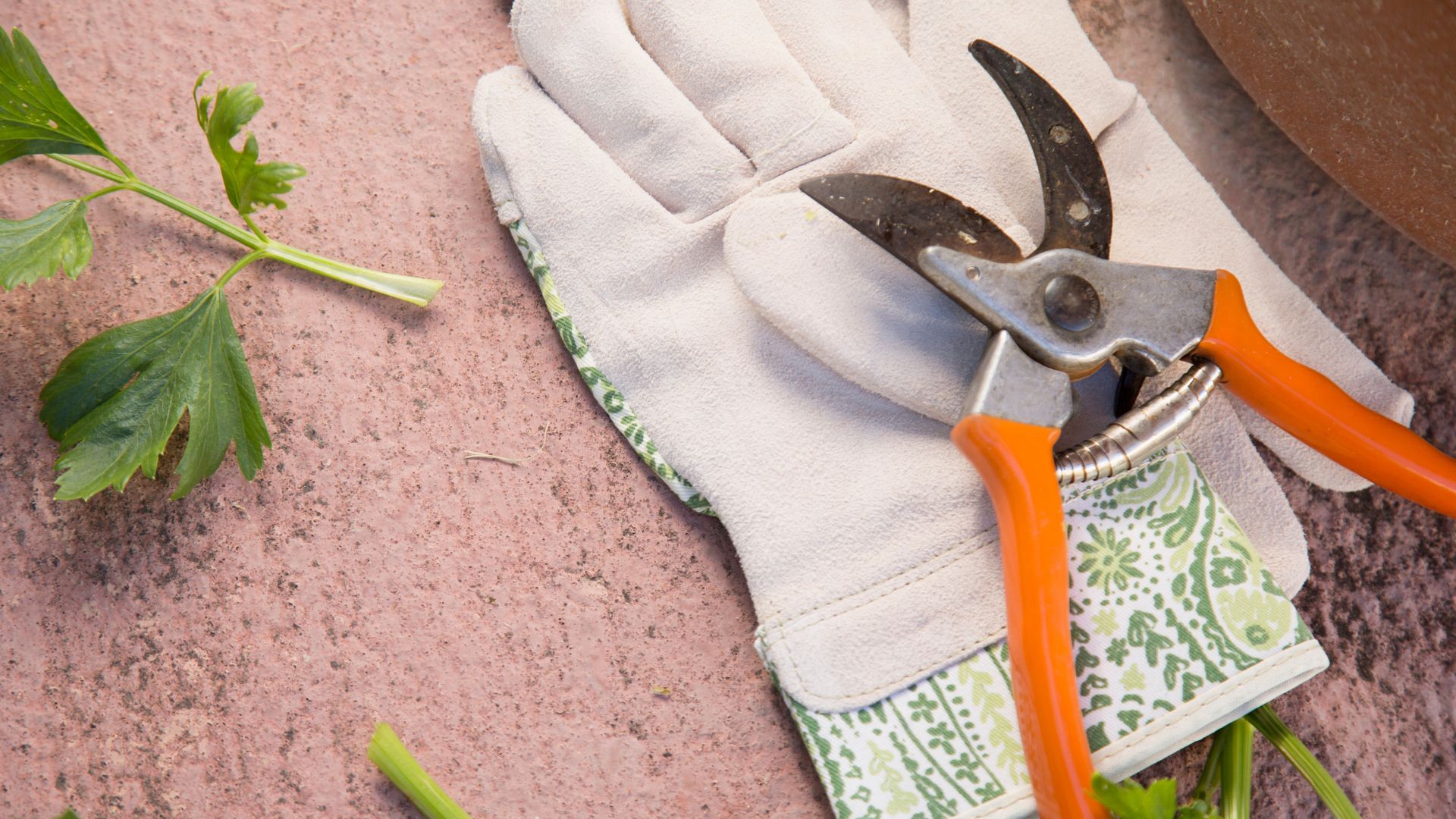
Deadheading is also a fantastic way to transform your garden on a budget, as it instantly perks up your flower beds and neaten the appearance of your flowers.
If, however, you're a fan of the overgrown trend or even the rewilding garden movement, then your foxgloves can be left to self-seed and drop. This has its own benefits, but comes with a lack of control over your foxgloves.
Our resident garden writer Kayleigh Dray says: "I say if you don’t want foxgloves everywhere, it’s a good idea to deadhead after the flowers have faded as it can encourage a second flush of blooms."
"These spiky flowers spread like weeds (in a really good way), given half a chance, so this can also stop them taking over your garden. Then again, if you give them time to dry out and self-seed, you can fill your borders cheaply and easily – or you could nip in and collect the seeds yourself if you want to control where they are in your garden a little more."
How to deadhead foxgloves
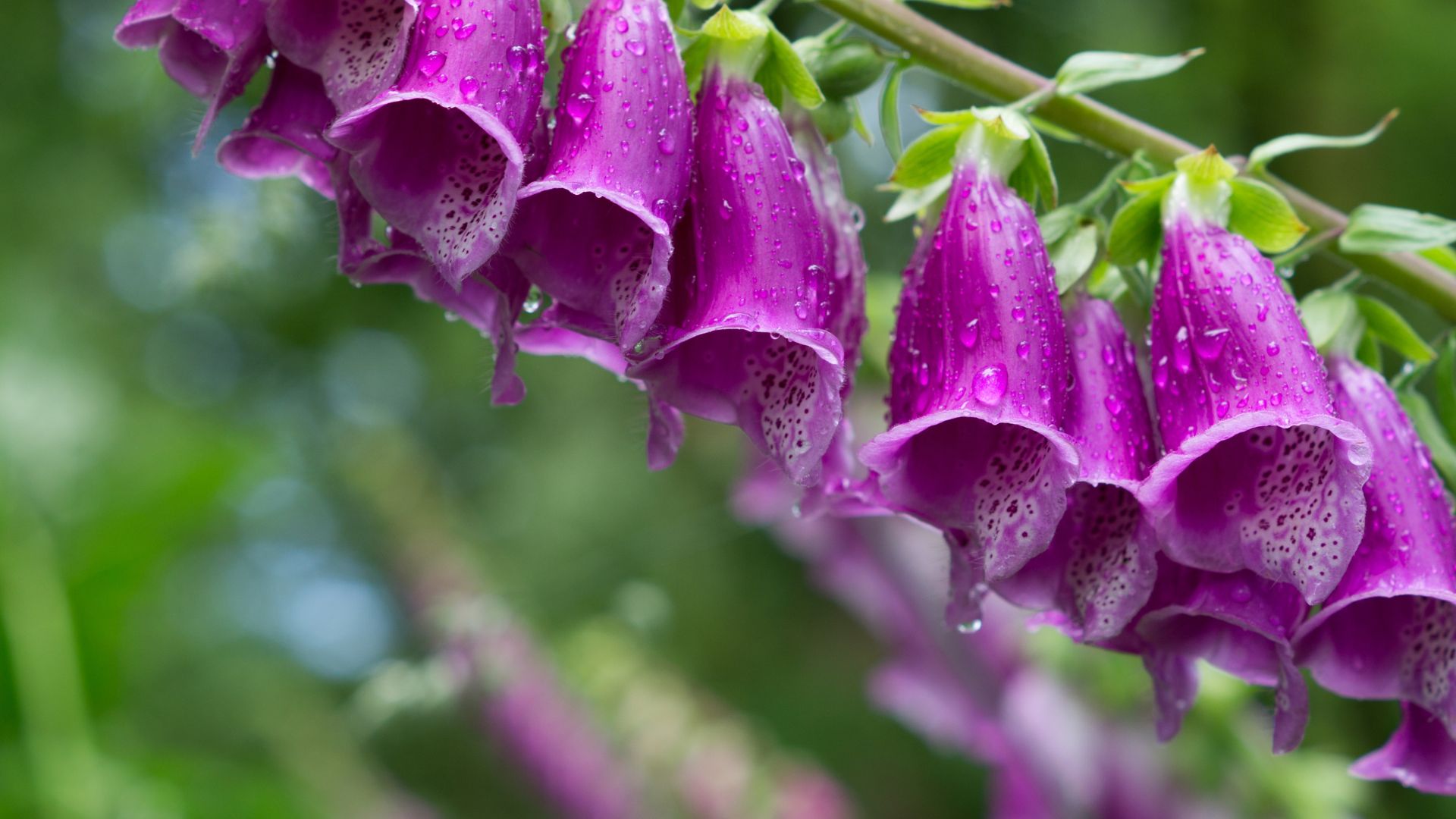
As with deadheading rhododendrons, the method is pleasantly simple and only requires a good pair of secateurs and gardening gloves.
"If you're wondering how to go about deadheading foxgloves, it's quite simple. Wait until the flowers on a spike have faded, then use a pair of sharp, clean scissors or gardening shears to snip the flower spike just above the rosette of leaves," instructs Luke.
"This might even prompt a second, smaller round of blooms if the conditions are right," he continues.
Shop deadheading essentials

RRP: £9.95 | These gardening gloves have been awarded ‘Amazon’s Choice’, and it’s easy to see why – they’re breathable, comfortable, and stylish.
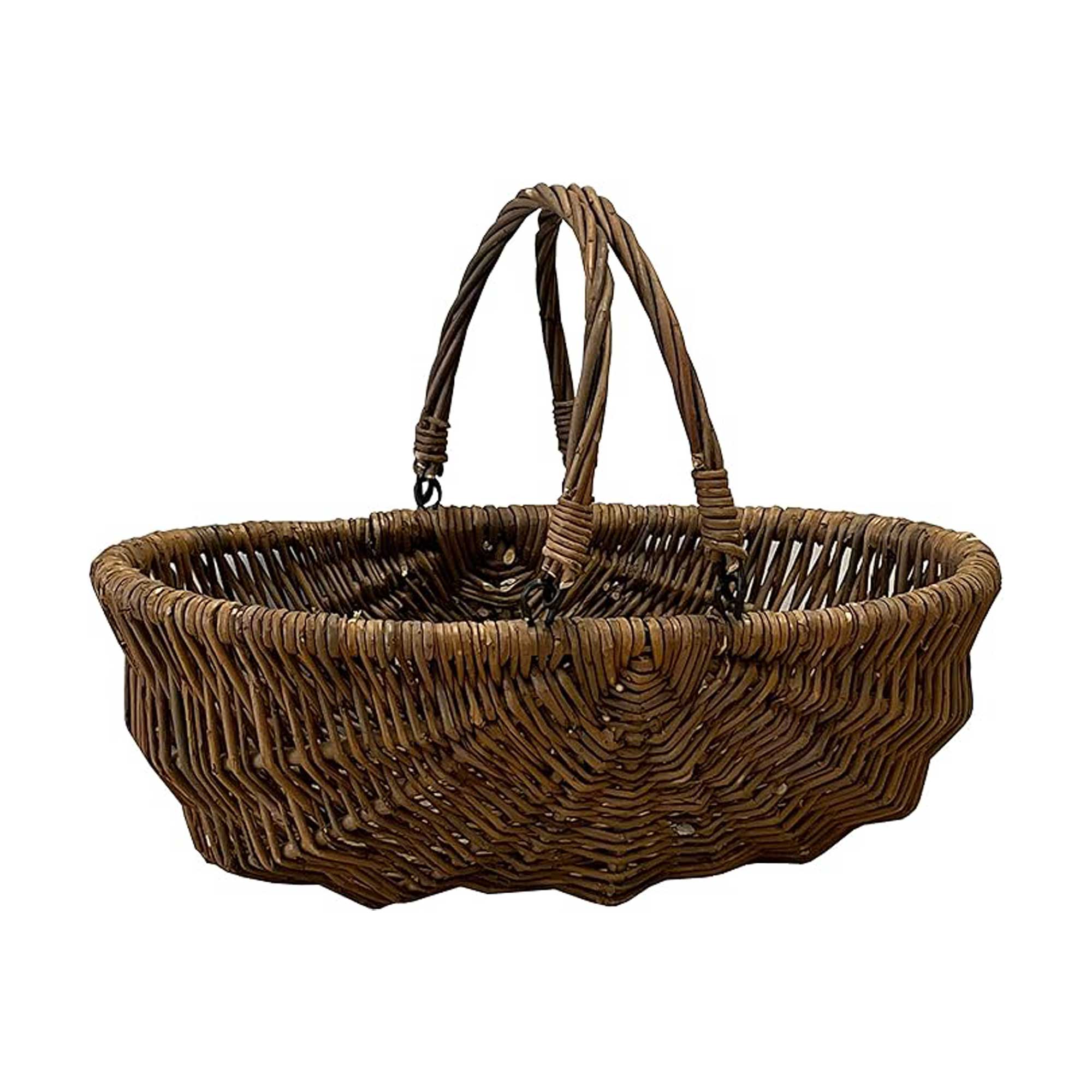
RRP: £21.98 | Gather spent flower heads in style with this rustic basket from Selections, complete with folding handles.
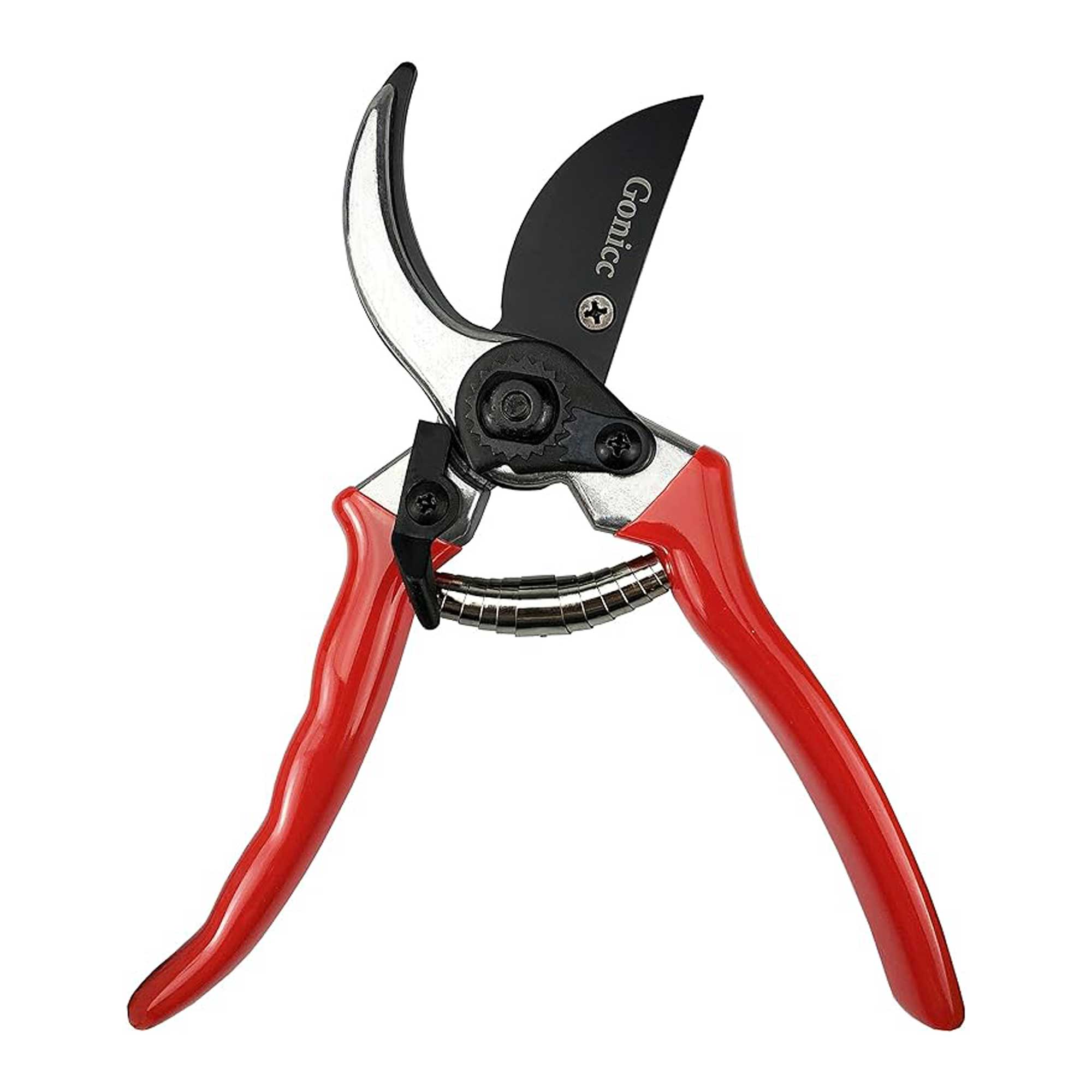
RRP: £11.95 | These popular secateurs feature a carbon steel blade and lightweight, non-slip handles, making precision pruning and deadheading easy.
Foxgloves are one of the species to be planted in April and are fantastic plants for pollinators, so filling your garden with them reaps so many benefits.

Emily joined woman&home as a staff writer after finishing her MA in Magazine Journalism from City University in 2023. After writing various health and news content, she now specialises in lifestyle, covering unique cleaning hacks, gardening how-tos, and everything to help your houseplants thrive.
You must confirm your public display name before commenting
Please logout and then login again, you will then be prompted to enter your display name.